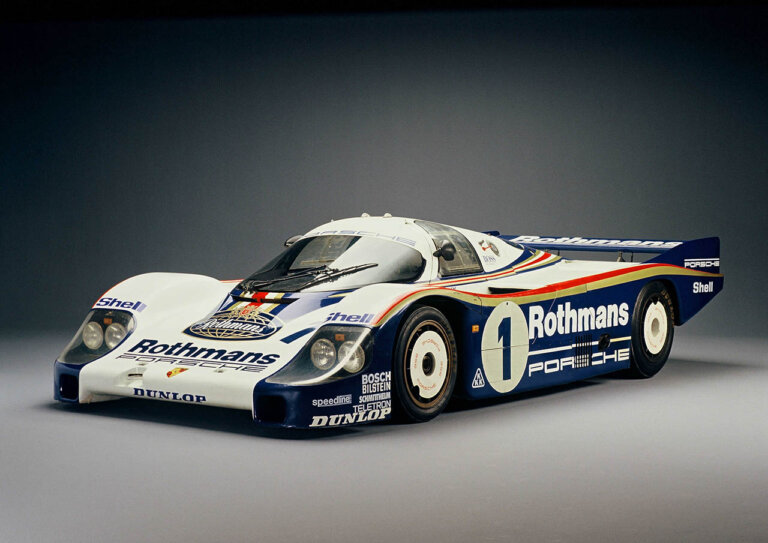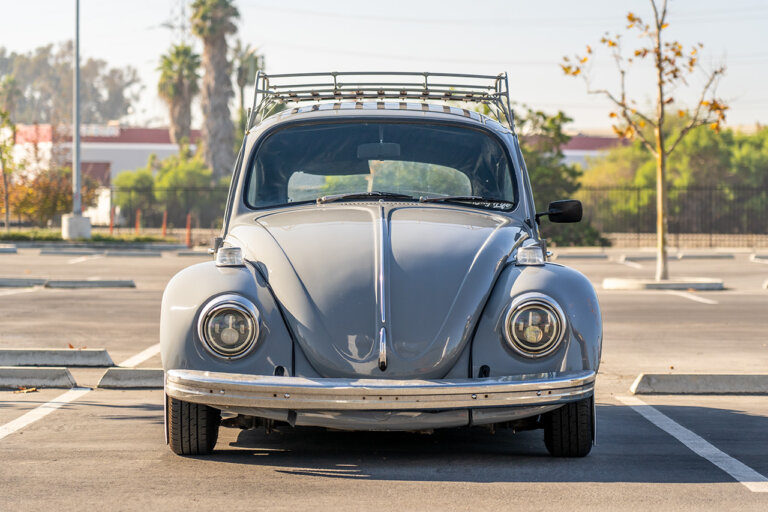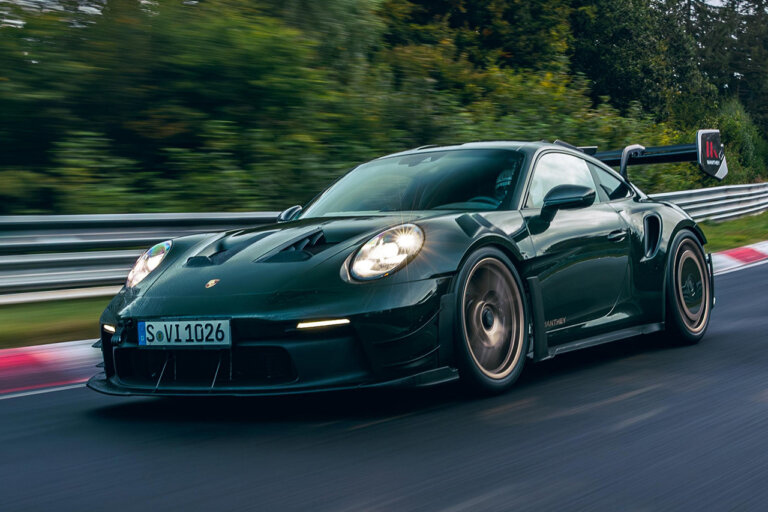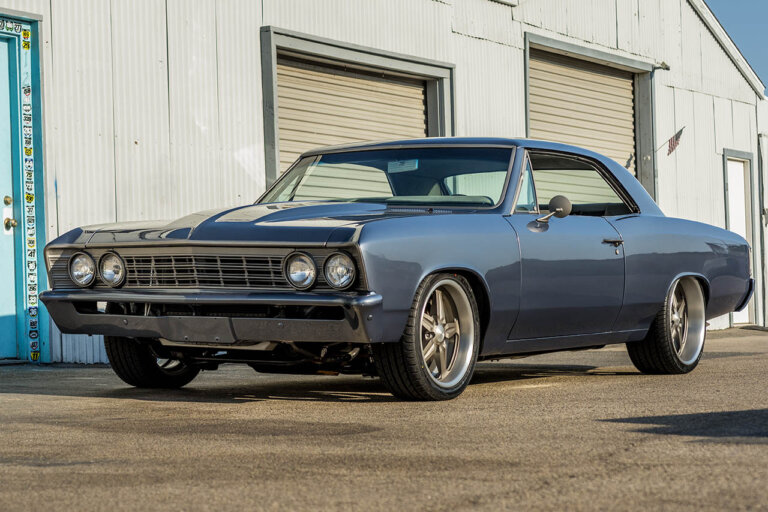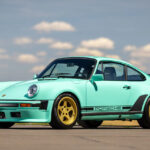
If there were a Mount Rushmore of Italian car designers, Marcello Gandini would definitely be on it. With so many beautiful production designs and many more daring and avant-garde concepts and prototypes, he made a name for himself always designing outside of the norm and never doing the same thing twice. As a result of his unwavering resolve to stick to his mantra of never repeating and always innovating, he created designs that inspired generations of car-lovers.
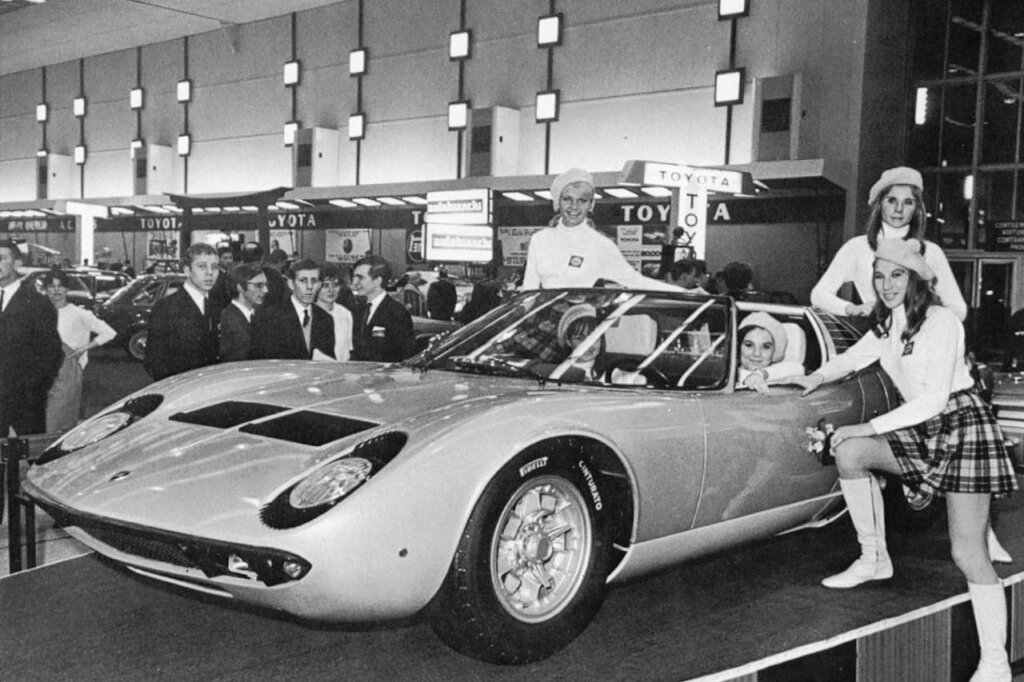
Photo Credit: Lamborghini Media Center
But who really is Marcello Gandini? It all started in 1938. Born to a family of musical artist, his father was a former orchestral conductor and composer and had wanted Marcello to become a pianist. Unfortunately for his father, Marcello developed a love for all thing mechanical and technological at an early age, leading to his decision to leave the school he was studying piano at when he was 18 and being kicked out of his home for not following in the family’s footsteps. Marcello would later say of the school he was attending, “All this classical culture, such a rigid and conservative context, immediately triggered in me an unconditioned passion for engines, mechanics and technology, whether it be design, racing or innovations.” With no money and and no place to live, he stayed at a friends house who was also into fast cars and from there he begin drawing even more and tinkering in the automotive world, such as tuning the engine of his friend’s hill-climbing vehicle.
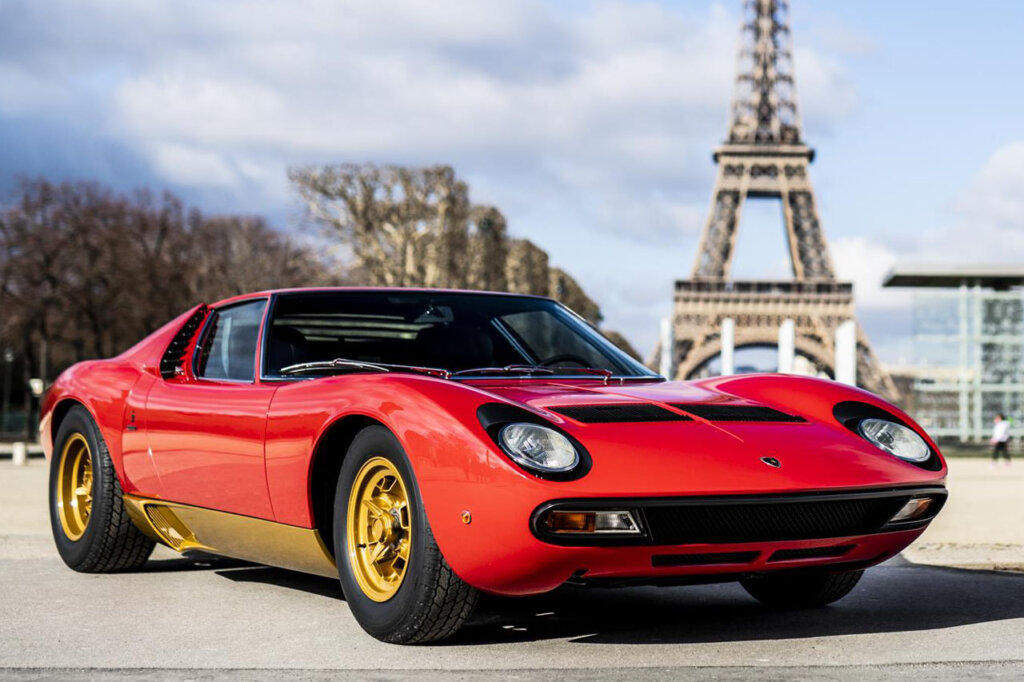
In 1964 he approached Nuccio Bertone of the Gruppo Bertone company looking for a place on their team. Nuccio was very impressed with Marcello’s work and passion. He wanted Marcello to serve as an apprentice to another design legend; Giorgetto Giugiaro, Gruppo Bertone’s chief designer. Unfortunately, Giorgetto would leave the Gruppo Bertone the following year to start his own company, but that elevated Marcello into the now vacant position as chief designer at Bertone. His first accomplishment as chief designer was completing the Lamborghini Miura, taking it from the initial sketch to its unveiling at the 1966 Geneva Motor Show in just three months. Then came the prototype Lamborghini Marzal, a design with large glass doors resulting in the use 50 sq ft of glass. It turned out to be too much for Lamborghini and it stayed a prototype.
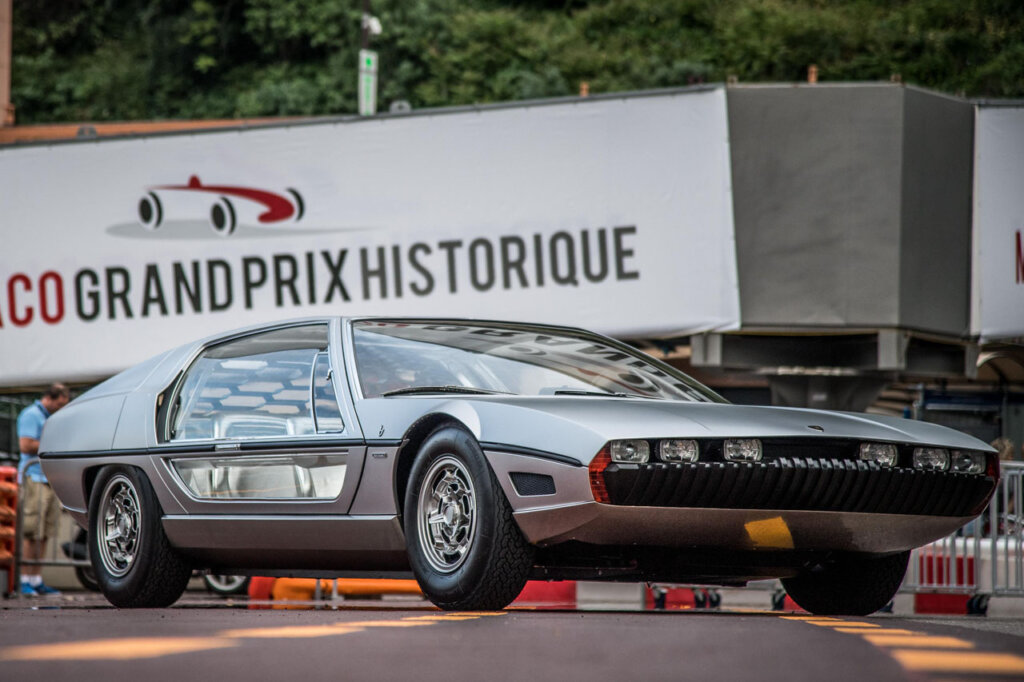
Photo Credit: Lamborghini Media Center
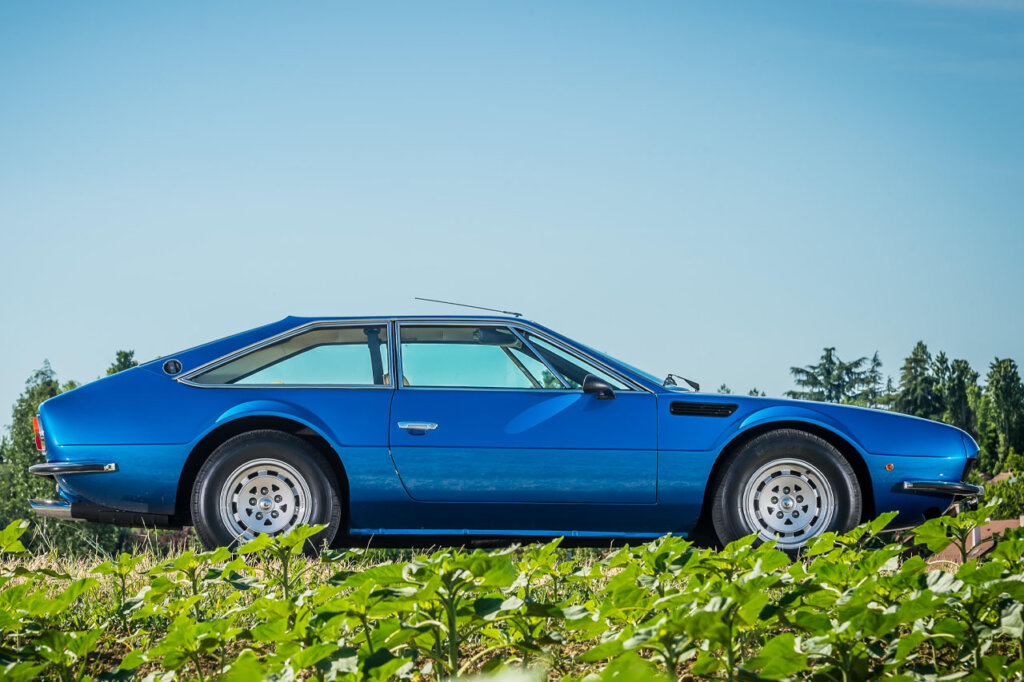
Photo Credit: Lamborghini Media Center
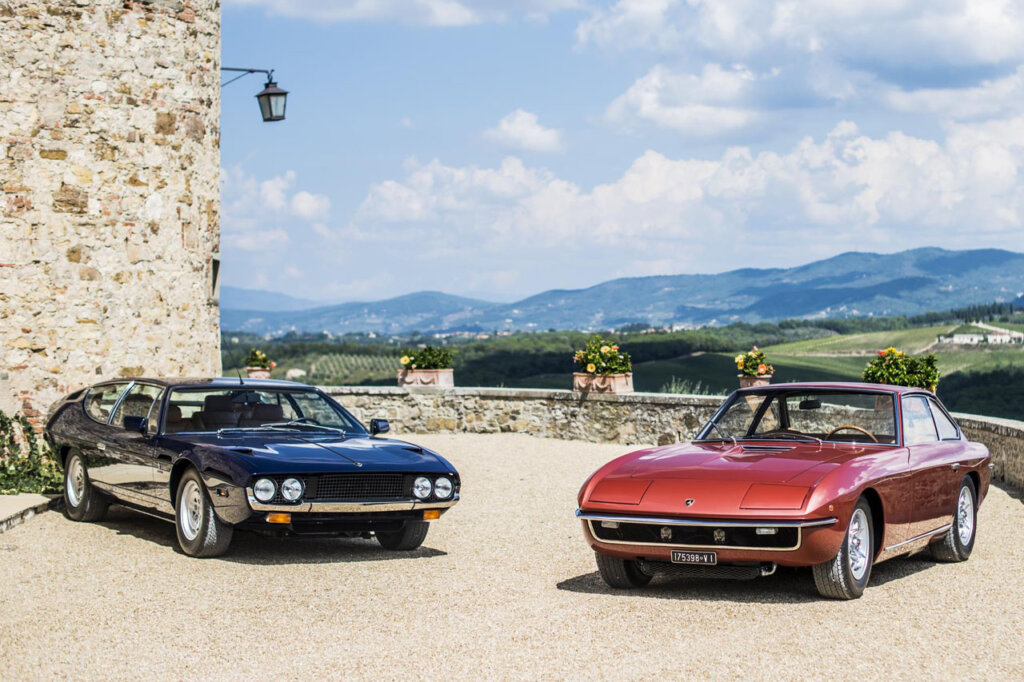
Photo Credit: Lamborghini Media Center
While working for Bertone, Marcello would make design for other manufacturers besides Lamborghini, although Lamborghini would be their principle client. The Alfa Romeo Carabo concept from the 1968 Paris Motor Show would popularize sharp, angular sports car design and would be the first time suicide doors were seen on a car. This design philosophy would continue in Marcello’s work for other Lamborghini cars like the 1968 Espada, the 1970 Jarama and Urreco, and the 1974 Bravo. Marcello would also add the Alpha Romeo Montreal in 1970, the BMW 5 series Mk 1 and the Maserati Khamsin in 1972, and the Ferrari GT4 in 1973, among other designs.
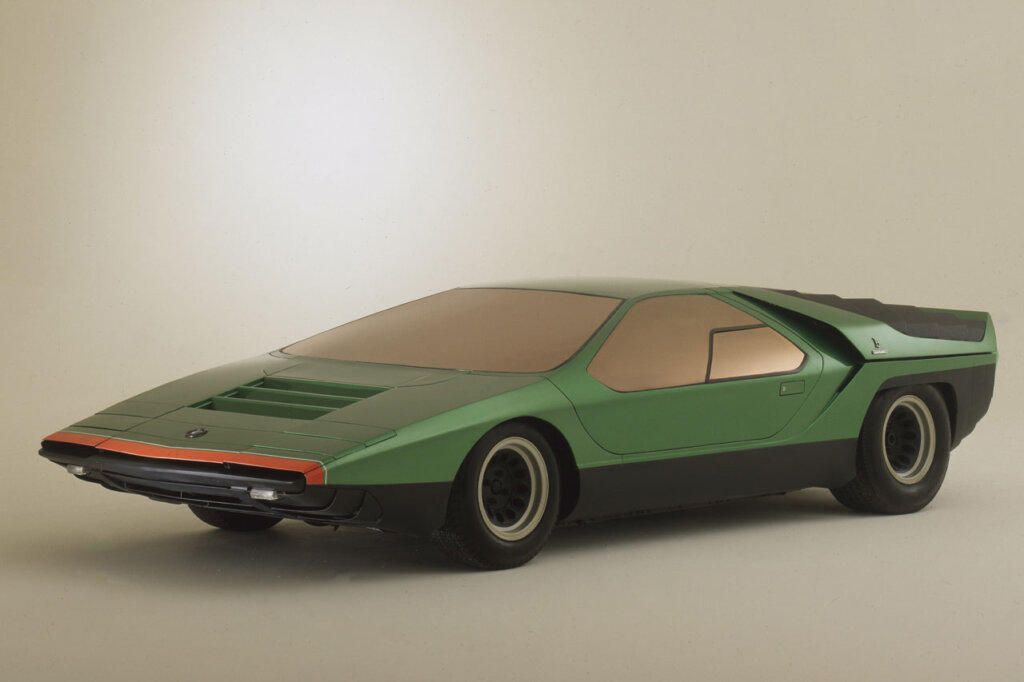
Photo Credit: Stellantis
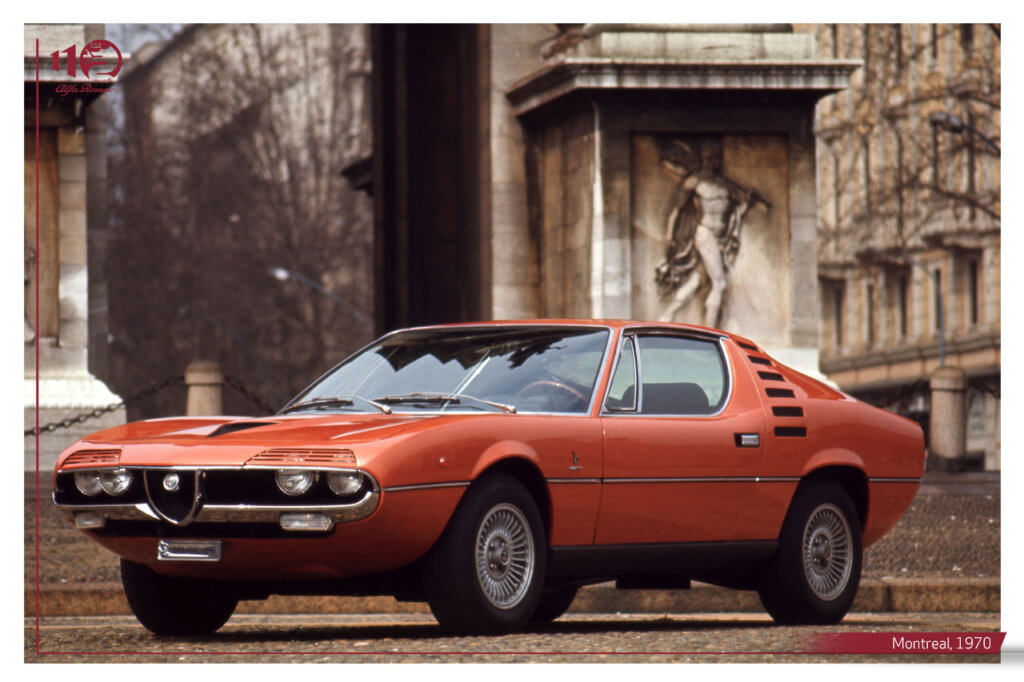
Photo Credit: Stellantis
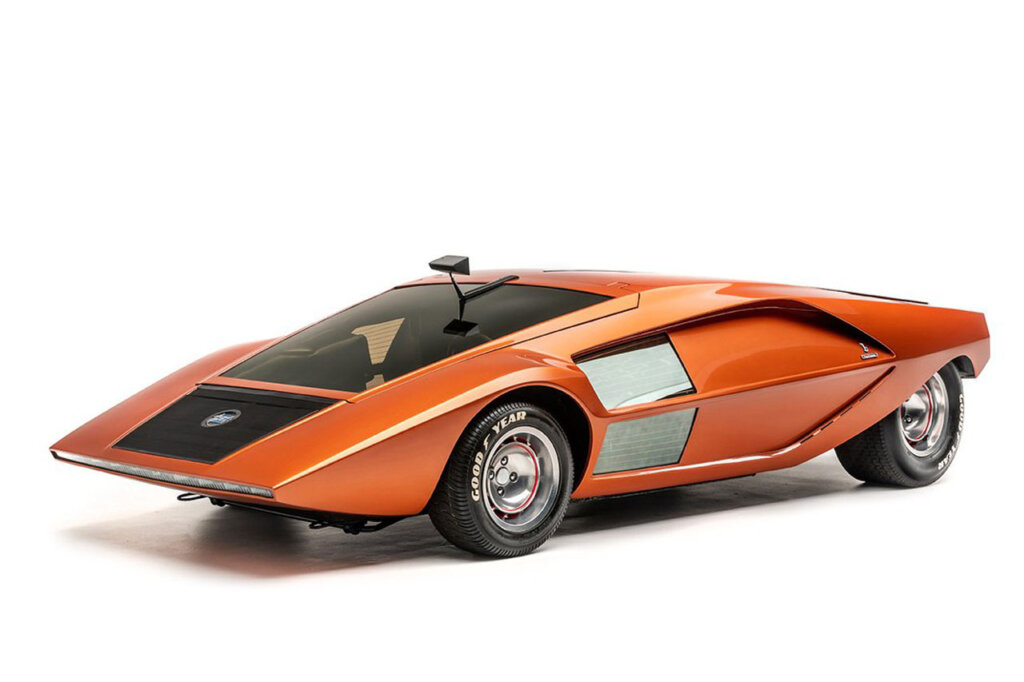
Photo Credit: Peterson Automotive Museum
Around the time Marcello was working on the Countach, Bertone was also looking to cultivate a relationship with Lancia (who normally works with Pininfarina) and knew they were looking to replace their Fulvia that was being used for rally. Bertone turned to Marcello, who created the Lancia Stratos Zero, a car so low to the ground it passed under the Lancia Factory gates when they brought it to present to Lancia. With Lancia impressed, Marcello began developing the Lancia Stratos HF prototype that would be revealed a year later at the 1970 Turin Motor Show. Its wrap-around windshield gave it an unmistakable look that would burn itself into the memories of rally fans for decades to come.
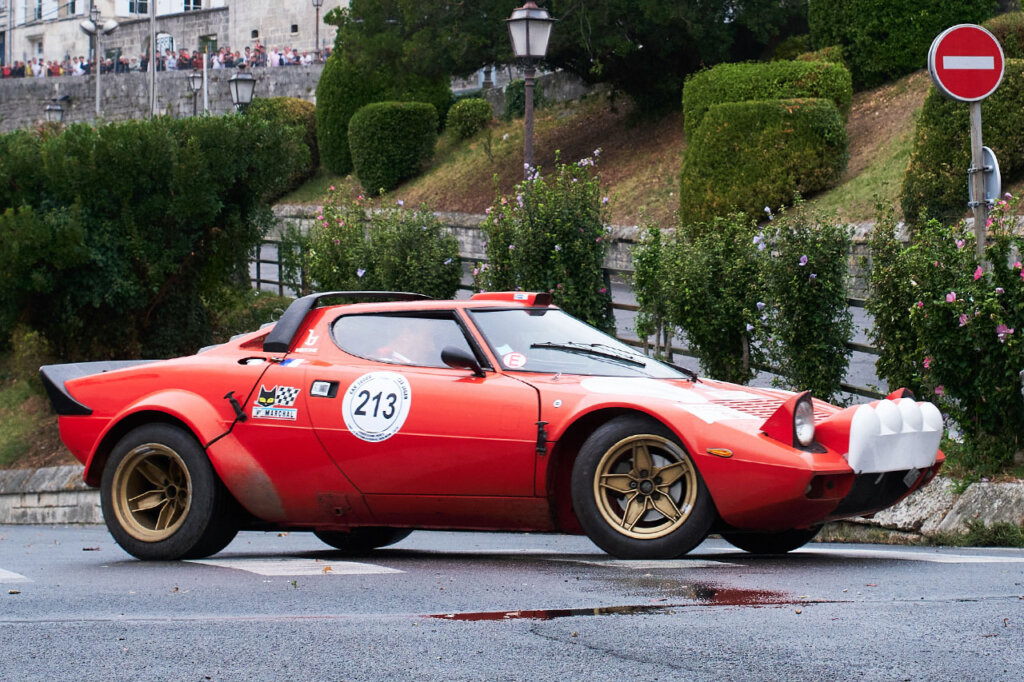
Photo Credit: Stellantis
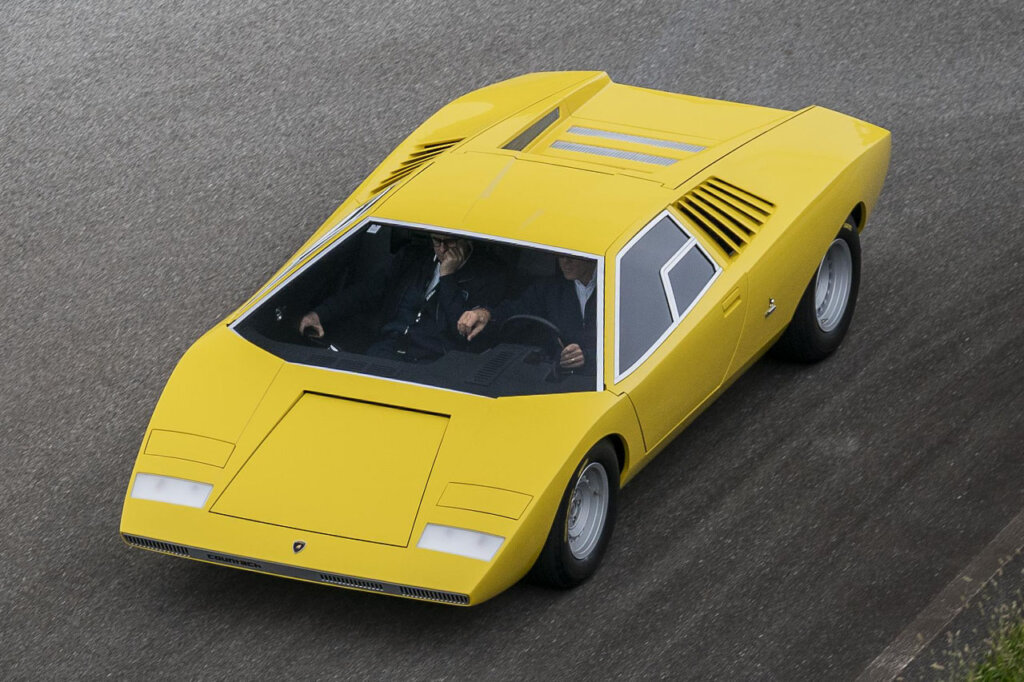
Photo Credit: Lamborghini Media Center
Of course, there can be no conversation about Marcello without mentioning what he considered a work of art; the Lamborghini Countach. Many a young boy would have a poster of this very car in their bedroom, inspiring dreams of one day being involved in the world of cars in one way or another. Shown to the public at the 1971 Geneva Motor Show, it rapidly become one of Marcellos most recognized works, whose genesis came from the Alpha Romeo Carabo and Lancia Stratos Zero. Marcello would say of the Countach in 2019 that “nothing better has been done since”.
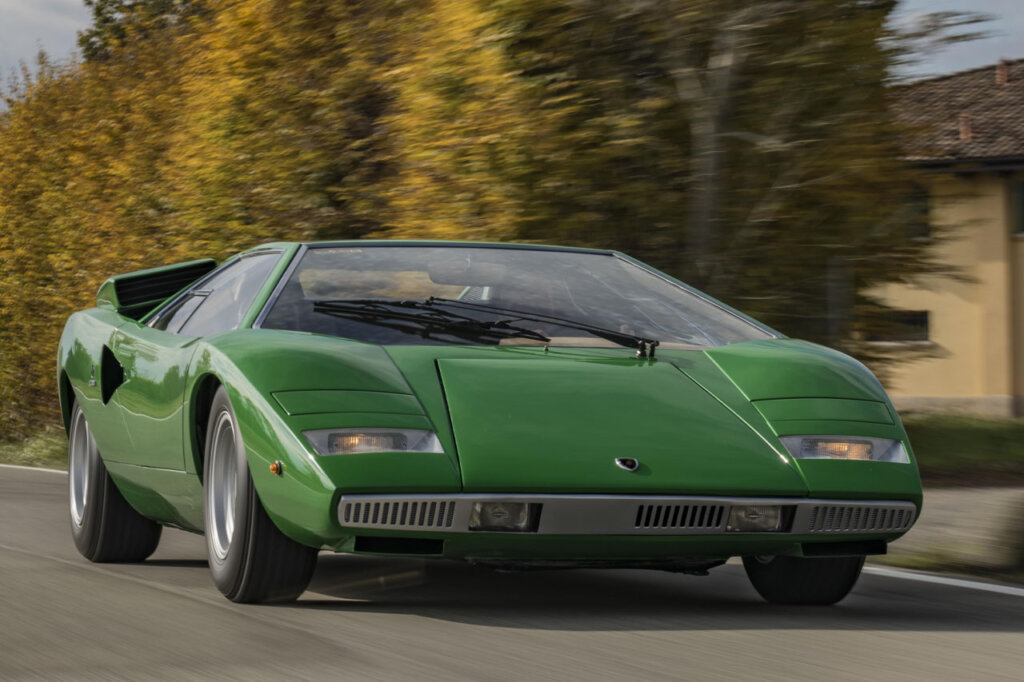
Photo Credit: Lamborghini Media Center
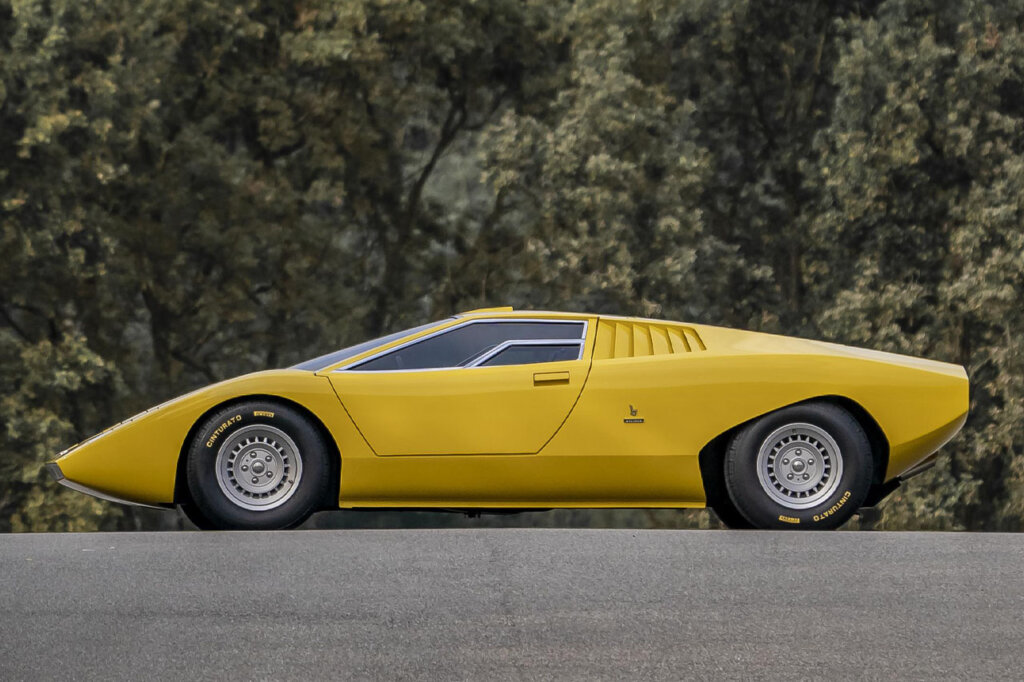
In 1979, he would leave Bertone to start his own design house and would continue to work with various automakers, working exclusively with Renault for the first 5 years he freelanced. Vehicles like the Renault 5, De Tomaso Pantera 90 Si, and even a helicopter, all show the love and dedication Marcello had to design and innovation that sometimes expanded beyond the road-going.
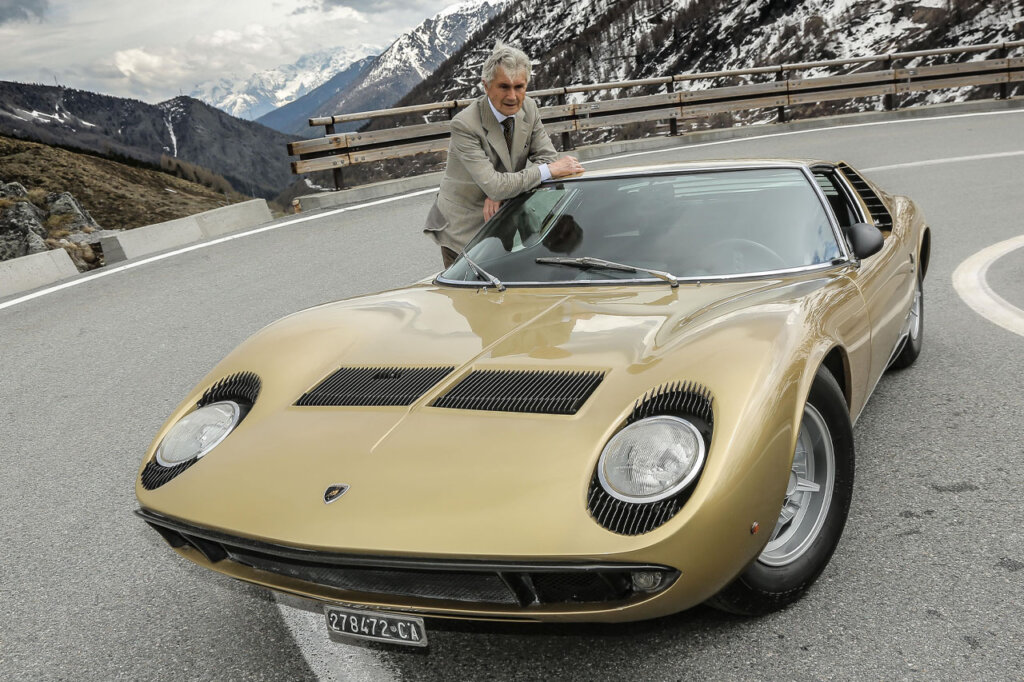
Photo Credit: Lamborghini Media Center
Marcello Ghandini, maestro of design, passed away on March 13, 2024 at the age of 85. But his legacy of space-age, wedge-looking vehicles continues to capture and inspire the minds of car lovers all over the world. Even against his disapproving fathers wishes, he prevailed and is now positioned as an automotive design legend.

